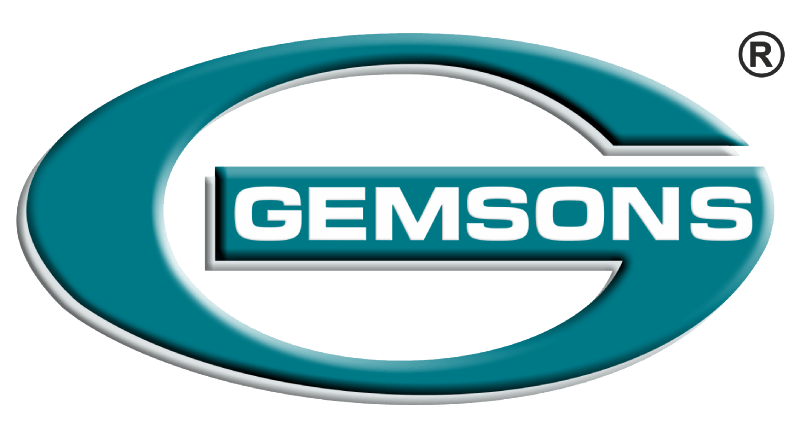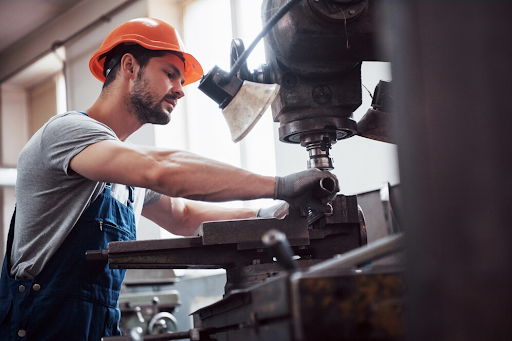When manufacturing high-quality components, two of the most commonly used processes are forging and CNC machining. Each of the methods has its benefits and it is up to you to decide which of the methods will be used in a particular project as per your distinctive requirements and needs. It is therefore important to compare and contrast forging and CNC machining so that you can determine which of the two is ideal for your project.
In this blog, we will study the key differences between forging machining and CNC machining which will help you determine better.
Understanding Forging and CNC Machining
Forging is another method of manufacturing where metal is shaped using pressure that is applied at a certain point. This process can be done at different temperatures, hot forging machining is done at a temperature above the recrystallization temperature of the material, while cold forging is done at or near room temperature. The outcome is a part with a very clear and well-developed grain pattern, frequent in uses where high strength and toughness are needed.
CNC machining, on the other hand, is a form of subtractive manufacturing where the material is cut or drilled away from a block of material or workpiece. This is done with the help of computer-controlled tools that will then cut, drill, mill, or turn the material into the final part. CNC machining is precise, and there is a possibility of designing complex shapes, which makes it suitable for applications that require accuracy.
Key Differences Between Forging and CNC Machining
1. Material Properties and Strength:
Forging generally provides the parts with better mechanical characteristics. The force applied during forging puts the grain structure of the metal in an orderly manner, thus increasing its strength, toughness, and fatigue limit. This makes forging a preferred choice for critical applications like aerospace, automotive, and heavy machinery.
Compared to traditional machining, CNC machining has more accuracy; however, the internal structure of the material has not changed. The final part has its strength depending on the raw material properties that have been used in the production process. CNC machining can also create parts with high surface finishes and close tolerances, but they are not necessarily as strong or as durable as forged parts.
2. Precision and Complexity:
CNC machining is particularly useful for creating features that are hard to machine or in making part features that are very small or large or have a complicated shape that would not be feasible to make through forging. The use of the computer to control the process also means that there is a fine degree of control, and hence there can be close tolerance and repeatability, which in turn makes it possible to produce parts with very close tolerances.
Forging machining, however, is very good when it comes to creating strong and durable parts, but it is not very good when it comes to creating parts of complex shapes. The process is generally restricted to comparatively simple shapes, and accurate finishing may involve further operations after forging.
3. Production Efficiency and Cost:
Forging is generally cheaper in large production volumes especially when dealing with parts that need high levels of strength and stamina. The costs of forging may be relatively high at the start but the cost per part is much lower as the volume of the parts to be forged increases. Furthermore, the forging machining process is usually more efficient in terms of material removal than the CNC machining process.
CNC machining is more flexible and accurate than conventional machining but it is costly for high volume production because of long machining time and material loss. However, in low to medium production or where complex parts are being produced, it might be cheaper to use CNC machining.
4. Material Compatibility:
Forging is mostly applied to metals such as steel, aluminum, and titanium where the characteristics of the material can be improved by forging.
CNC machining, however, can deal with a wider variety of materials such as metals, plastics, and composites and, therefore, can be used in a wide range of applications.
Conclusion
Between forging and CNC machining, it is possible to choose the option that is most suitable for the particular project. If you require extra strength and sturdiness of the parts that are going to be used in highly demanding applications, then forging machining is a better option. However, if accuracy, detail, and material variety are your main priorities, then CNC machining is probably the better option.
Understanding the difference between these two manufacturing processes, you can choose the one that will be optimal for your project in terms of both results and expenses.
For more details on manufacturing processes and how they can be tailored to meet your needs, explore the expertise available at Gemsons. We offer precision-engineered solutions that empower industries worldwide.
Also Read: Understanding CNC Machining: An Introduction To The Process And Its Components



Recent Comments